Why I love Punjab!
There’s something about Punjab. Whether on the Pakistani side of the border, or the Indian side, there’s something memorable about this land of farms, villages, plains and mountains.
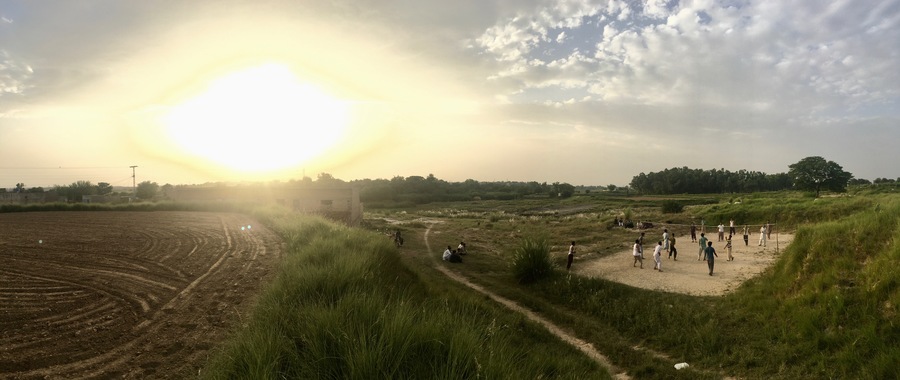
Volleyball in a village on the Potohar Plateau
For those not in the know, Pakistani Punjab is the nation’s most populous province, and both Indian and Pakistani portions of it are agrarian-based societies. Even if you’re not familiar with the name and the culture, you probably know a lot about the food and the people. Punjab is where many of the staples in your local Indian restaurant in the west come from – most things meat-based and swimming in a creamy gravy (like korma) probably have their roots in this region.
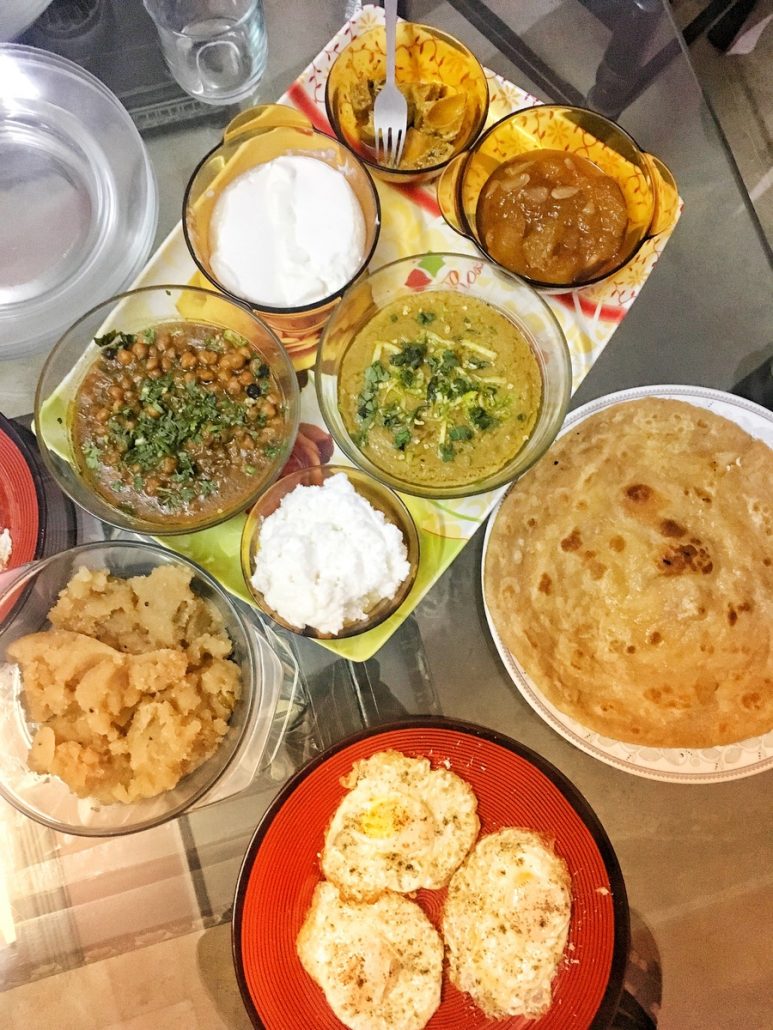
The people of Punjab; mostly Sikh on the Indian side, mostly Muslim on the Pakistani side (but with significant overlap either way) are widely considered the most irreverent, hard-working, hard-partying people in the subcontinent. They are represented by a huge diaspora who have settled in places like the UK, Canada and Australia.
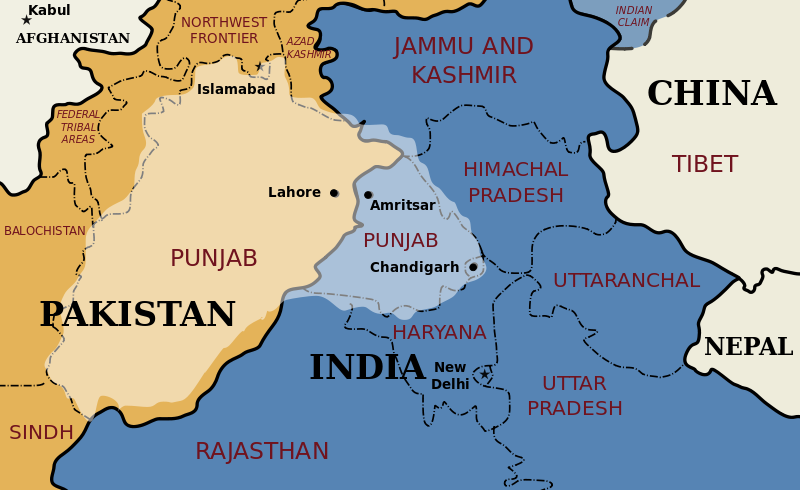
Map of Punjab region, covering both Indian and Pakistani sides (Image: Ktims)
This map was sourced externally and its coverage of Kashmir represents the current line of control, and does not represent territorial claims by either India or Pakistan.
It’s no surprise then that in both India and Pakistan, for better or for worse, Punjabi culture has come to represent Indian and Pakistani culture for so many outsiders. For how many westerners does a turbaned Sikh man immediately spring to mind when they think of an ‘Indian’? And while Karachi might be Pakistan’s biggest city, and Islamabad the capital, it was no mistake that the first chapter in my travel guide to Pakistan was about Lahore, the Punjabi capital; it’s where most outsiders want to arrive, visit, and get stuck for a few days.
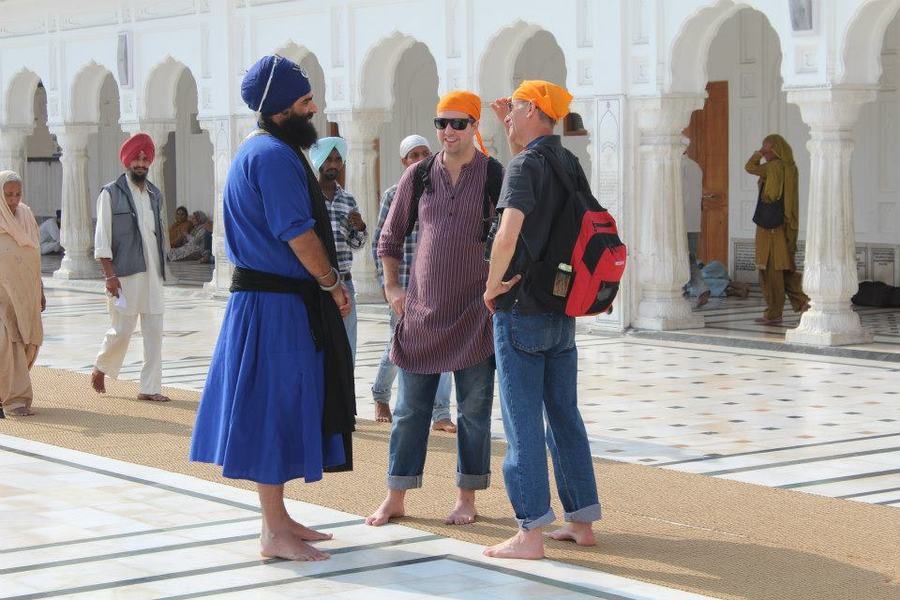
At the golden temple many years ago
Needless to say, this has bred a bit of resentment from non-Punjabis on both sides of the border. However I can’t deny that there is something special about this place. I’m always hesitant to say things like “the people and the land are as vivid as each other” – how could I make such a sweeping statements, when Pakistan as a whole is trying to escape similarly blatant (although much more negative) generalisations?
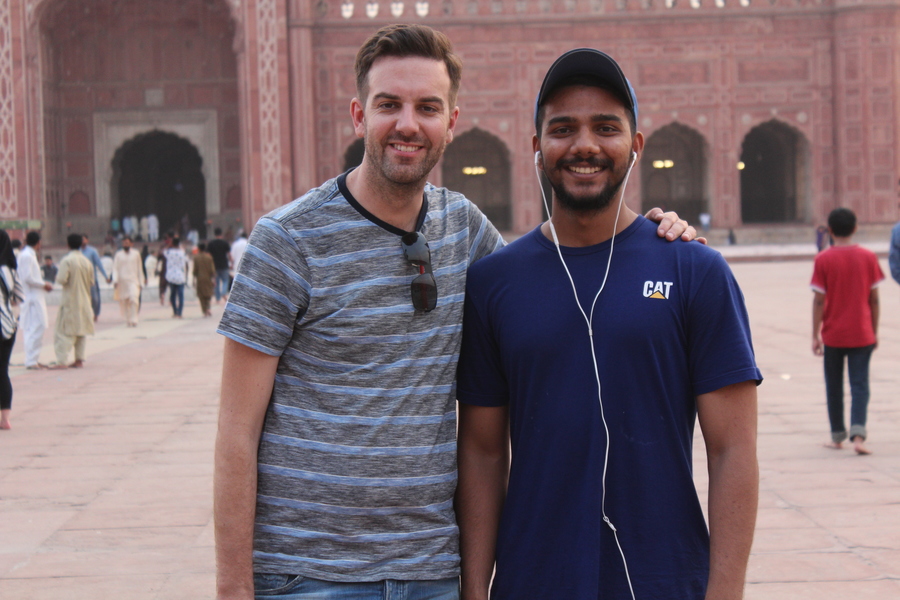
At Badshahi mosque with a friend
But then I just can’t get that sneaking suspicion out of my mind that maybe there is something to Punjab. The land is some of the most fertile in the subcontinent – the fruit bowls of India and Pakistan produce some of the sweetest seasonal fruits like mangoes from Multan, oranges from Sarghoda, falsa (a type of berry) from around Lahore, and creamy dairy products from Ludhiana, Jalandhar and Sialkot.
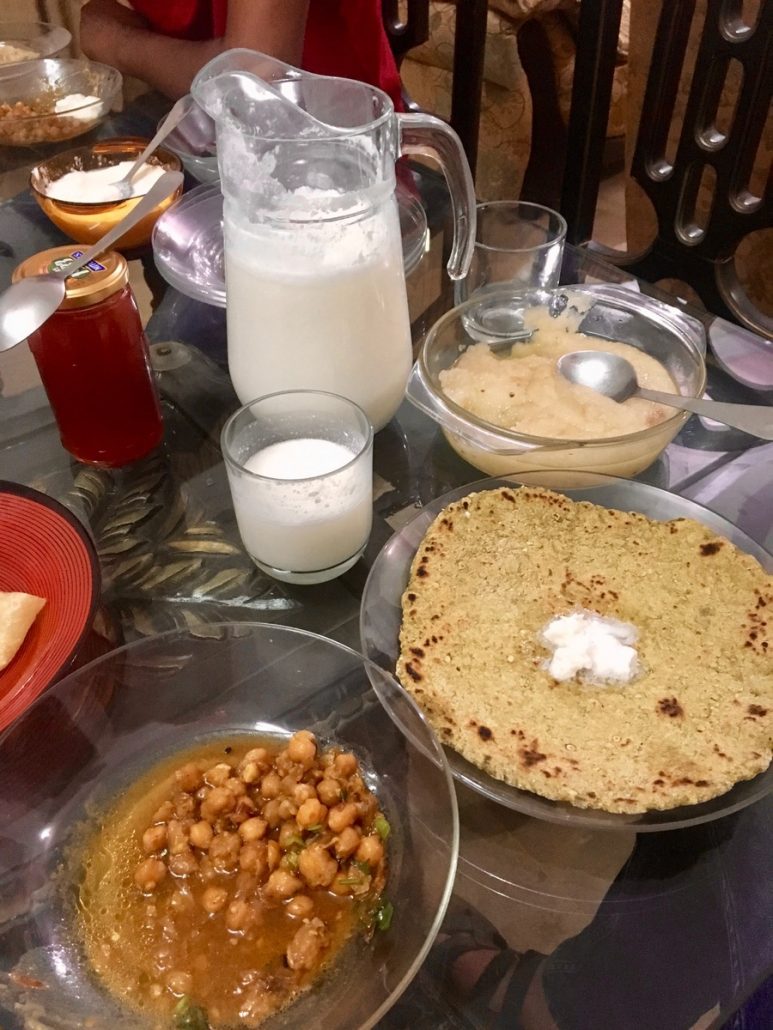
Punjabi breakfast
I was inspired to write this piece on a trip to southern Pakistani Punjab, often referred to as the Seraiki belt in reference to the local tongue. as I looked out at the rice and corn fields around the farm, the sun setting into the western horizon, and knowing that my hosts had prepared the night’s fresh meal directly off that land, I couldn’t deny that I was seduced.
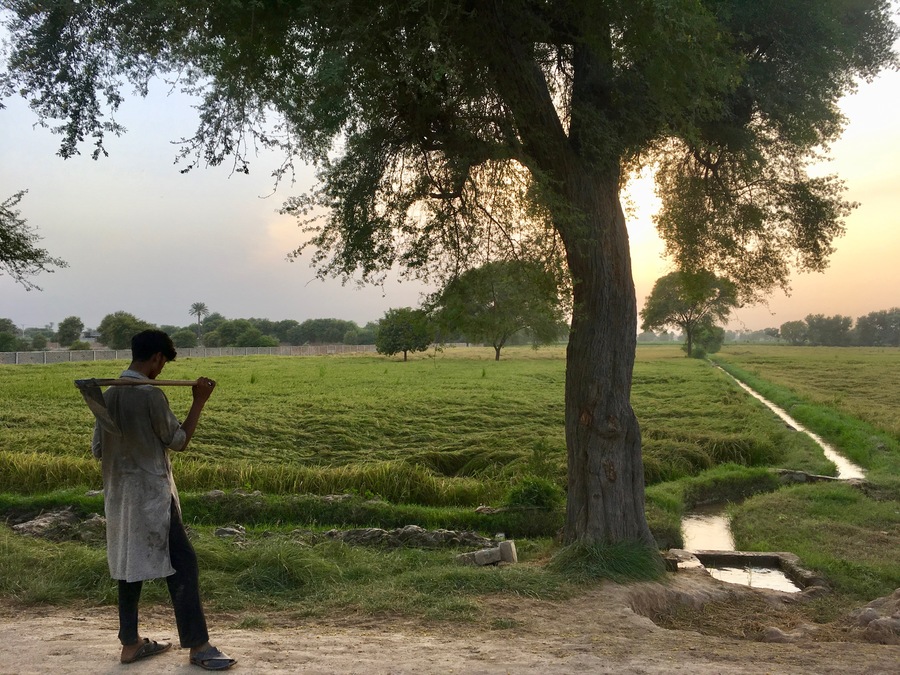
The land is varied, too; on the Indian side it’s mostly flat pastures, but with the Himalayan foothills beginning to rise in the north. In Pakistan, the central region around Lahore is similar, while the north features the rugged Potohar Plateau, and the south is arid, giving way to the Cholistan desert.
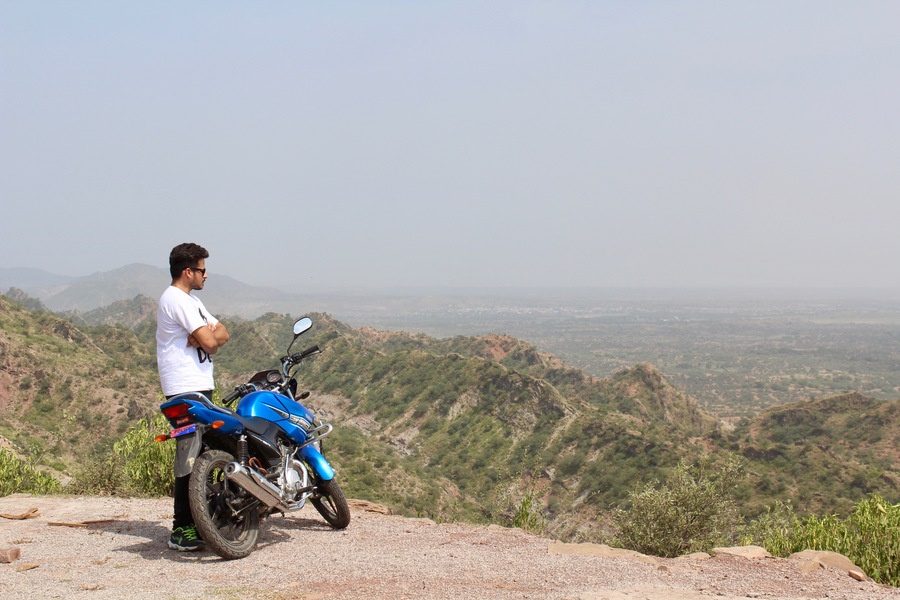
A friend biking over the Potohar Plateau
Lahore was the capital of undivided Punjab, and is the provincial capital of Pakistani Punjab. On the Indian side the modern, planned city of Chandigarh is the capital, but much of Indian Punjab’s cultural life centres on old cities like Ludhiana, Jalandhar and Amritsar. This is in some ways the key to understanding the Punjabi mindset; while urban Chandigarh might be all boulevards and gardens, Punjab’s heart lies in the rural cities which sprung up centuries ago as agriculture markets.
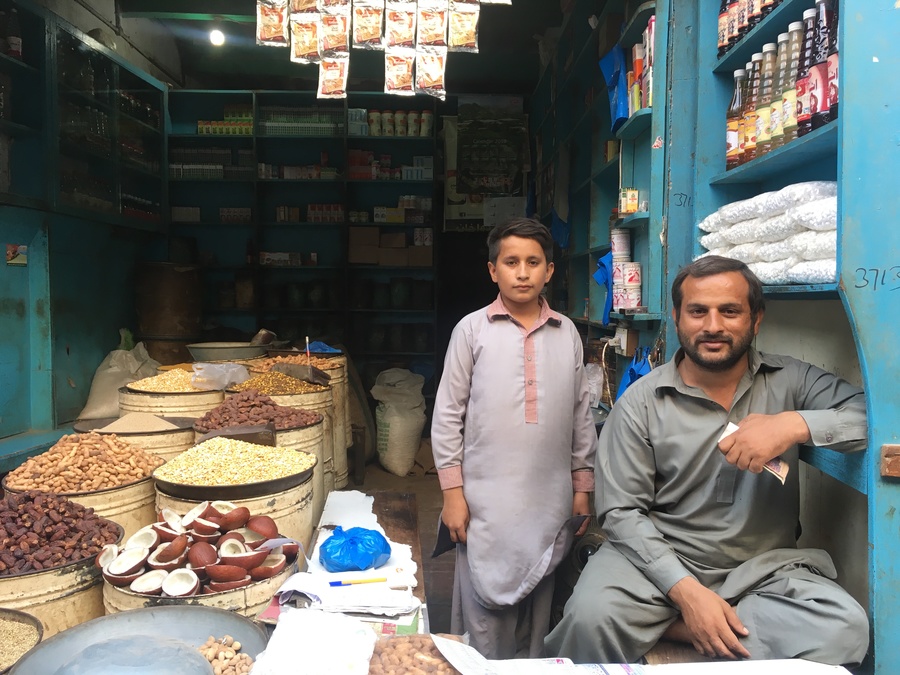
Shop keeper in Shujabad
Indeed, someone once told me that “Punjab is a land of villages, and Lahore is the biggest village of all”. While this understandably irks many Lahoris, there is an element of truth in it. Things like family, free time, traditional food, weddings, roots trade back to a rural village, neighbourhoods and clan identity and a palpable conservative streak (although not one necessarily based on religion) are vaunted here in a way I am yet to experience elsewhere.
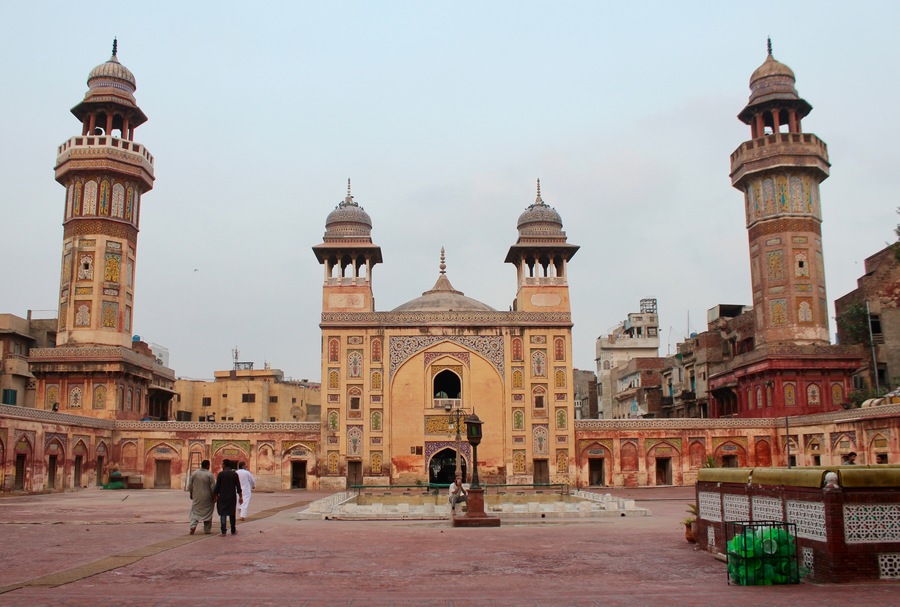
Wazir Khan Mosque in Lahore’s Walled City
It can be exhilarating and seductive; lassi drunk straight from the milk shop for breakfast, wedding parties so exuberant the government had to curtail their excesses by imposing a curfew, and a friendly disposition which seems to always have time to spend for an outsider, as long as they don’t expect any work to get done. There have been times where I’ve wondered whether, if I wasn’t disciplined enough myself, if I would lose myself to Lahore and Punjab.
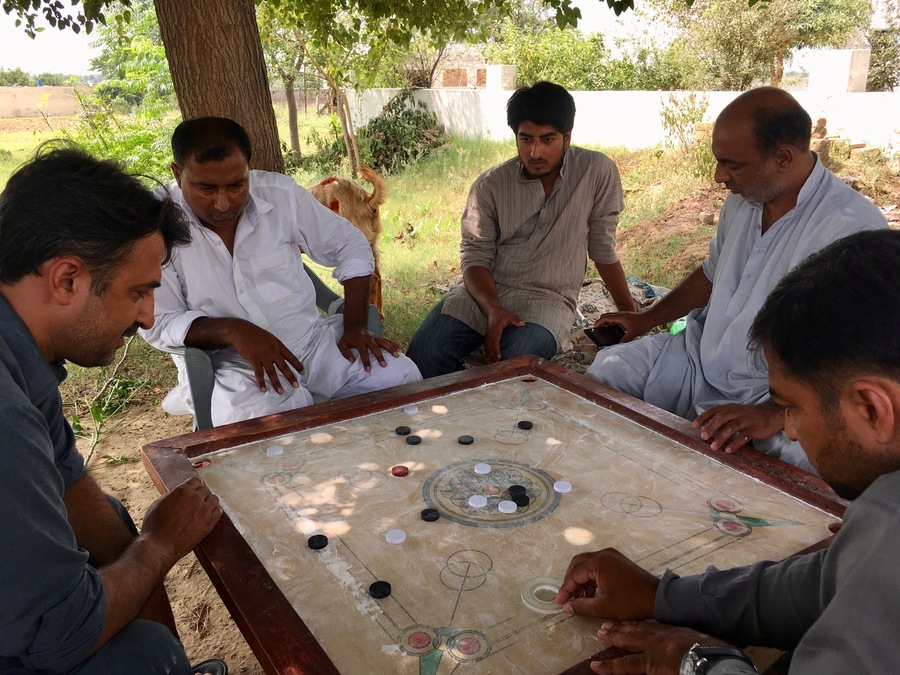
Playing carrom board in a village
It can also be incredibly frustrating; sometimes I wish people would lay off the hospitality and actually get their arses into gear and do some work. Sometimes the conservative streak can be inexplicably prohibitive, even to locals. Very often people with bigger-than-big personalities will promise things which they simply can’t deliver on time, in the way necessary, or at all
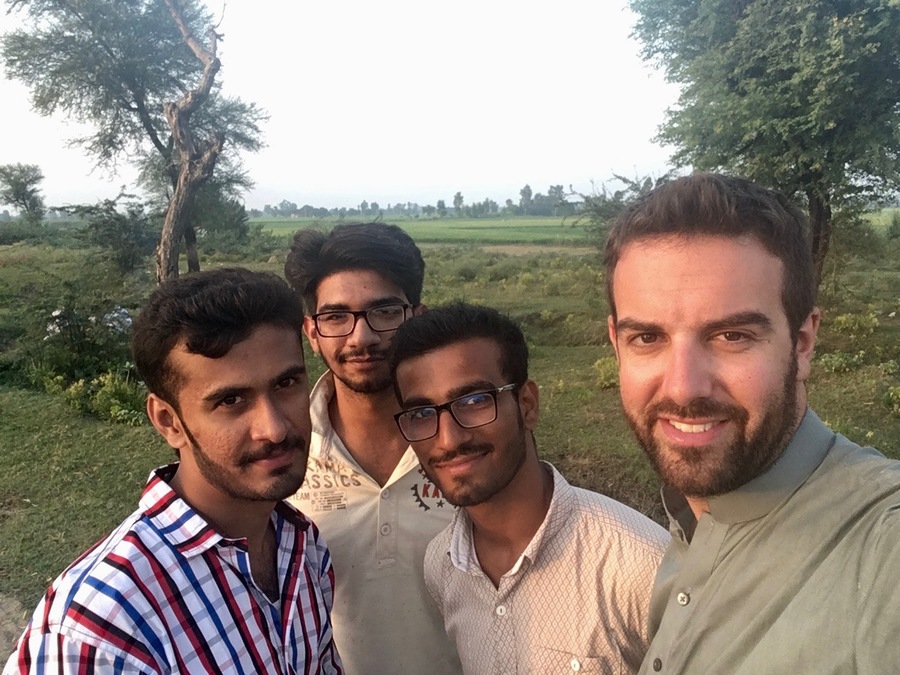
In Hafizabad with some friends
But despite all of this I keep coming back. Punjab might not be perfect, but it is full of love; love of life, love for each other, love for music and culture, love for tradition, and love for the motherland. As a traveller, and a romantic if I allow myself to be, so much love is the stuff that carries me through while I’m in Punjab, and of which I dream while I’m away.

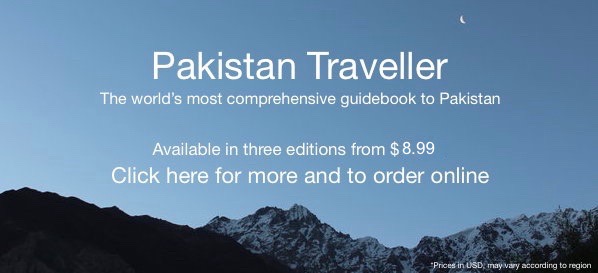



A place I have not spent much time in, on either side of the border. This encourages me to go, not least because of the food.
You must come! You always have a place to stay west of the border!
Tim, what a write up about my fav place … u get it! I always say life is not complete without a Punjabi friend. Thank you.
Hahaha true true! Thank you – I’m glad you enjoyed it 🙂
Wonderful part of the world Tim! 🙂
It is! Thanks for reading 🙂
Very well balanced article/blog
Thank you 🙂